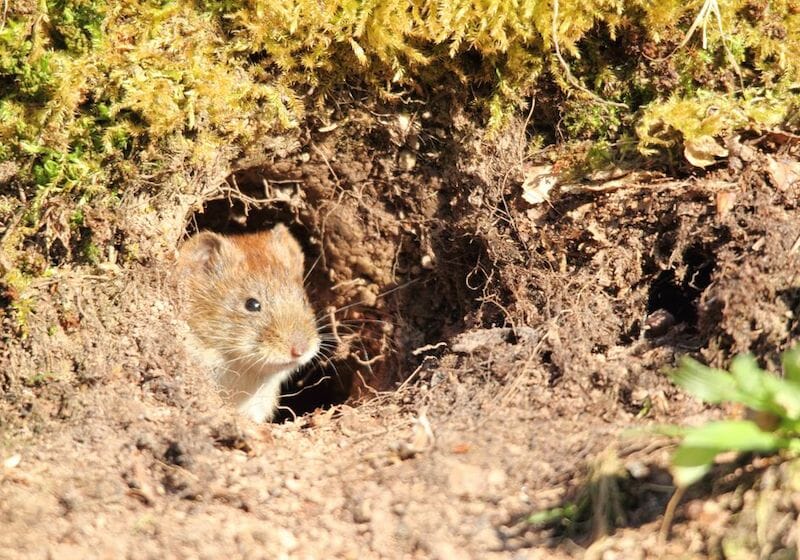Vole Control Tips to Protect Your Lawn and Gardens
Comprehensive Overview to Effective Vole Parasite Control: Problem Identification and Treatment Methods
In the world of effective bug control, vole problems position an unique difficulty that requires a strategic approach. By checking out the subtleties of vole behavior, comprehending crucial indicators of invasion, and reviewing a range of control choices, one can create a detailed approach to combat these elusive parasites.
Comprehending Vole Habits
Vole actions is characterized by their burrowing behaviors and rapid reproduction rates, making them a difficult parasite to regulate efficiently. These little rodents usually develop intricate tunnel systems underground, using them for sanctuary, food storage, and transportation. Voles are herbivores, taking in a range of plants, turfs, light bulbs, and origins, which can cause significant damages to gardens, orchards, and lawns. Their quick reproductive price more makes complex control initiatives, with women with the ability of producing numerous clutters in a solitary year, each consisting of numerous children.
Understanding vole habits is crucial for efficient insect control strategies. By determining their burrow areas, monitoring feeding areas, and executing targeted control approaches, such as trapping or habitat adjustment, vole infestations can be handled successfully.
Signs of Vole Invasion

Prevention Approaches
Executing efficient prevention strategies is critical in reducing vole infestations and safeguarding plant life from their destructive feeding practices. To avoid vole infestations, it is important to begin by removing prospective food sources and shelter.
On a regular basis inspecting the building for signs of vole task, such as paths and delve openings, is vital for early detection and prompt activity. If vole task is suspected, take into consideration utilizing repellents or catches strategically placed near their pathways.
Non-Lethal Control Methods
To effectively take care of vole populaces while prioritizing humane methods, non-lethal control approaches use useful options for lowering vole damages in yards and landscapes. One reliable approach is making use of physical barriers such as hardware cloth or cable mesh to secure at risk plants. These obstacles can be buried at the very least 12 inches deep and curved at a 90-degree angle to stop voles from burrowing beneath. Furthermore, habitat adjustment can prevent voles by reducing their favored food sources and hiding spots. Maintaining a well-mowed yard, getting rid of check over here particles, and maintaining plants read more trimmed can make the environment less appealing to voles.

Lethal Control Options
One reliable approach for dealing with vole invasions in gardens and landscapes entails the tactical use of lethal control options. When encountered with a serious vole invasion that non-lethal approaches have stopped working to include, executing lethal control steps ends up being important. In general, when employing dangerous control alternatives, it is crucial to do so properly and in accordance with neighborhood guidelines to successfully take care of vole invasions.
Conclusion
To conclude, reliable vole insect control needs a detailed understanding of vole behavior, recognition of signs of problem, implementation of prevention strategies, and application of both non-lethal and lethal control methods. By incorporating these techniques, people can successfully manage vole populations and safeguard their residential property from damages. It is important to address vole Website problems quickly to stop further concerns and minimize the influence on the surrounding environment.
Provided the detailed tunnel systems and quick recreation rates particular of voles, recognizing the indications of vole infestation comes to be vital in reliable pest control. One of the main indicators of vole presence is the existence of surface area paths or routes in grass or snow, usually concerning 1-2 inches wide, created as voles travel between their burrows and food sources.To properly take care of vole populations while prioritizing humane methods, non-lethal control techniques supply practical services for minimizing vole damages in landscapes and yards.One reliable approach for dealing with vole invasions in landscapes and gardens includes the calculated use of dangerous control alternatives. vole control.In final thought, efficient vole insect control needs an extensive understanding of vole habits, identification of signs of infestation, implementation of prevention strategies, and utilization of both lethal and non-lethal control methods